Nazi Forced Labour and the Tempelhof Airport Referendum
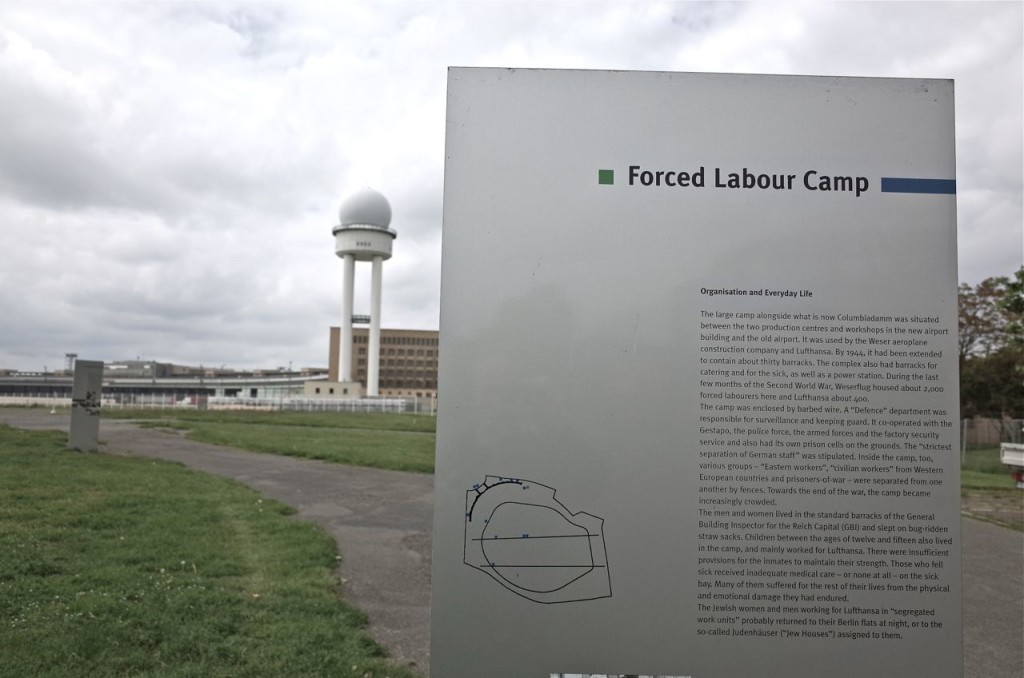
On 25 May 2014, there will be a referendum in Berlin on the future of the Tempelhof Airfield. The proposal for development includes plans to build on the land of a former Nazi forced labour camp where the City, only last year, erected a memorial. If the referendum fails to stop the development, then we risk an act of great irresponsibility at a place of important memory.
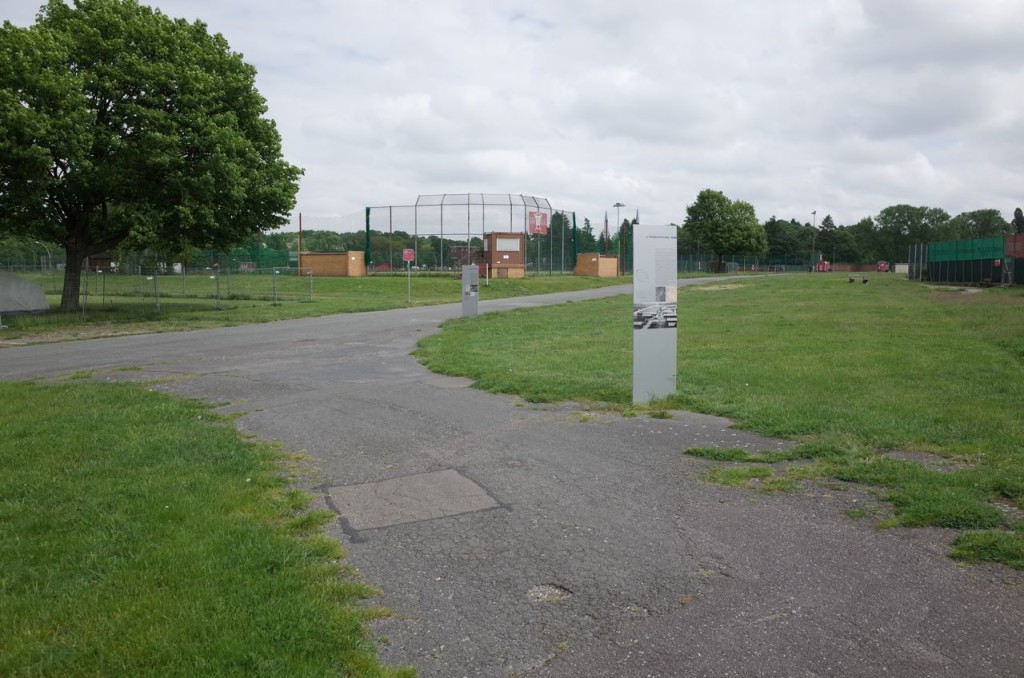
Archaeologists from the Free University completed excavations at this corner of Tempelhof Airport in 2012-13, using aerial photos from the Royal Airforce. What they unearthed was a place of terror. There were not only the remains of a Gestapo prison (from 1933), but also of one of Germany’s first Nazi concentration camps (from 1934 to 1936). In 1940, this became a Forced Labour Camp. Tempelhof was an arms production centre. Much of the work involved Lufthansa and the Weser aircraft company, and slave labourers built planes and radar. They toiled (2500 in thirty barracks), in miserable conditions, surrounded by barbed wire, undernourished and without medical care. Jews worked here, living in segregated quarters, awaiting deportation to death camps. All this in the city centre, a place along Columbiadamm called euphemistically the Richthofen-Gemeinschaftslager (“communal camp”). The research work was sponsored as part of a city-wide effort to commemorate the year 2013 (80 years since the Nazi seizure of power) with a massive memory project called ‘Destroyed Diversity’ (Zerstörte Vielfalt). The Berlin Senate erected their memorial plaques here in 2013.
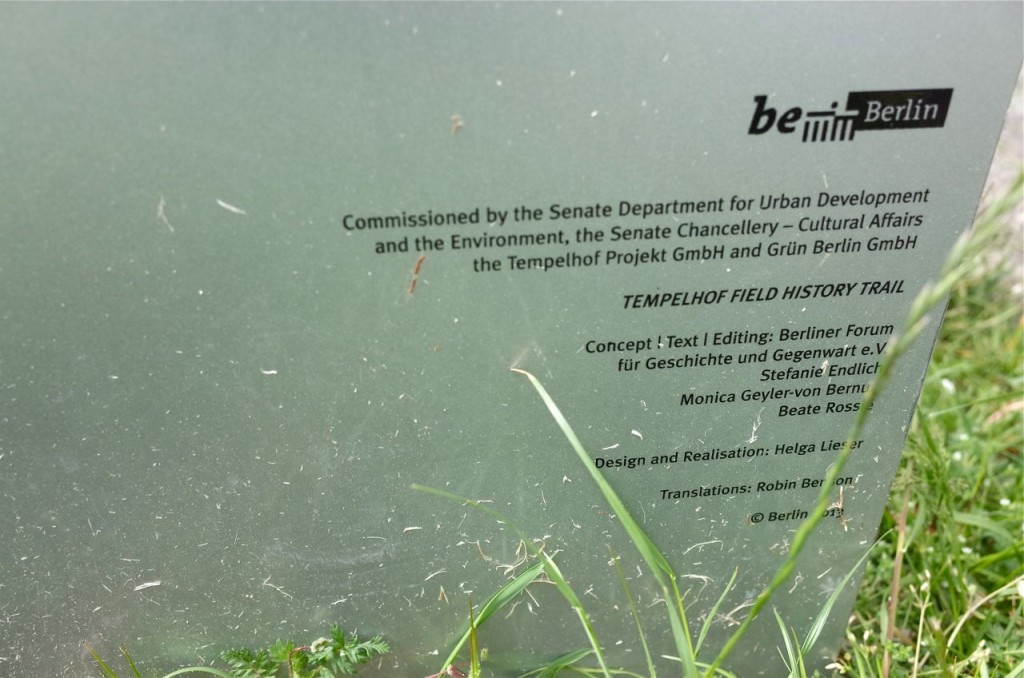
How quickly things change from 2013 to 2014. Now the City is doing its best to promote massive commercial development on this site of memory where they erected contrite memorials and commemorations just a year before.
But certainly they won’t build business space and apartments on the site of the Nazi barracks? No, believe me, take a look.
Analyse the map of planned development of the Tempelhof Airfield below. The part worth noticing is the area indicated with black bars at the very top of the image along Columbiadamm. This area is bounded by the airport building to the West, the Islamic cemetery to the East, and Columbiadamm to the North.
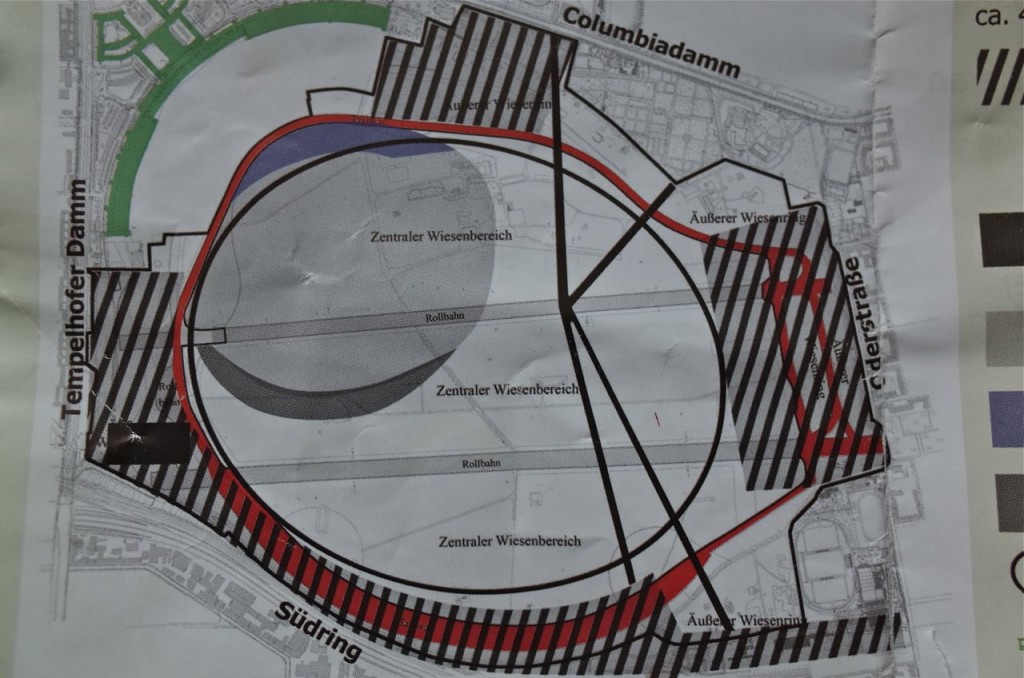
Now, compare this area to the Royal Airforce aerial map and site map from 1943, pictured below. It shows the location of the forced labour camp. The barracks were located at No. 9 on the map to the right. You will notice that this area of Nazi terror is in exactly the same place as the proposed development pictured above.
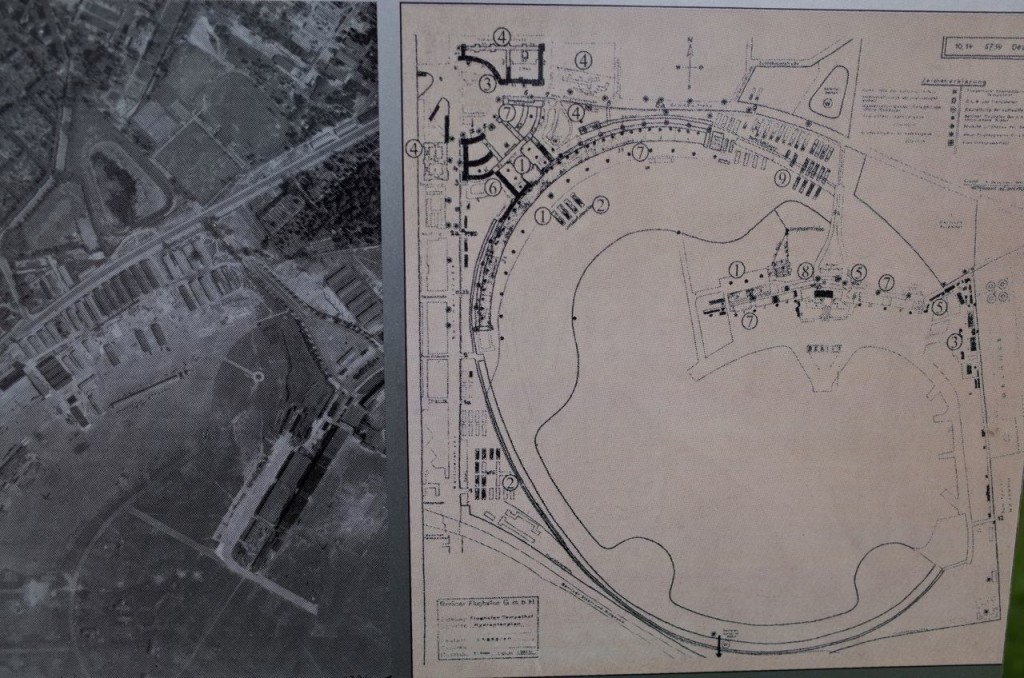
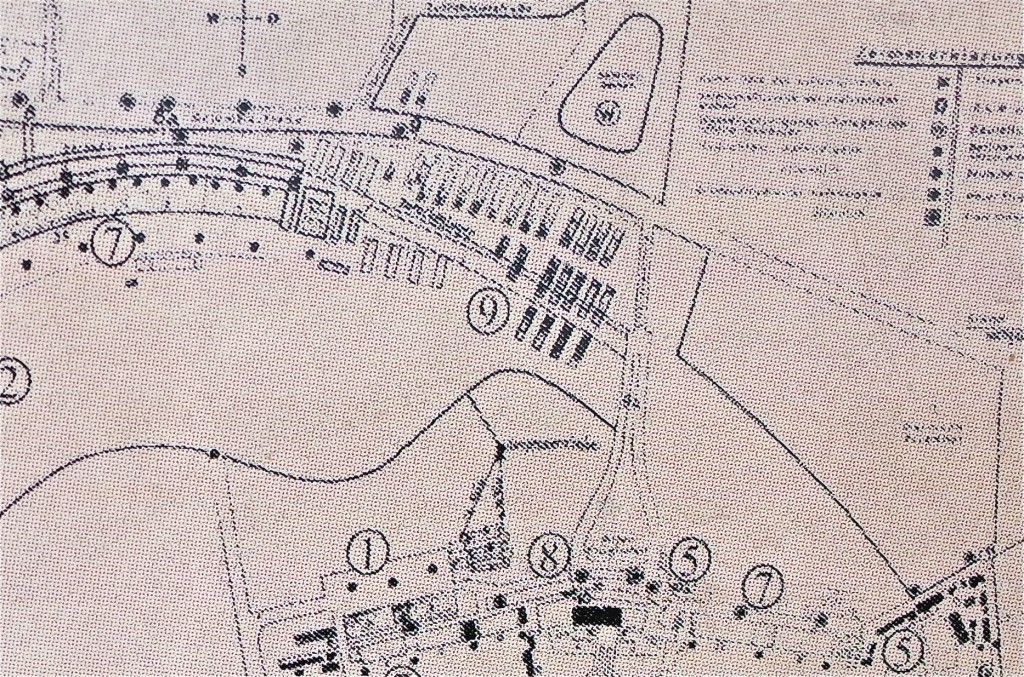
You can see just how extensive the labour camp was along Columbiadamm, from the photograph pictured at the base of the memorial plaque:
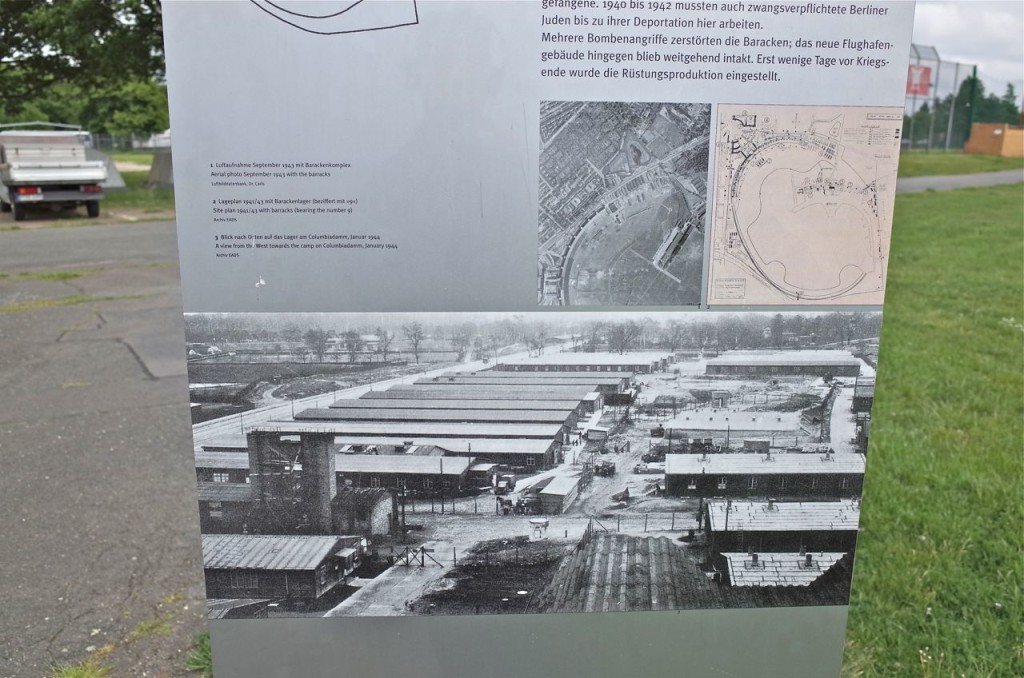
I understand that there are plenty of sites on Nazi Terror in Berlin where redevelopment has happened. But this site is now a park, with an already existent memorial on it erected by the City. To wilfully undo that act of repentance, by building on the site of the barracks where so many suffered, would be, I believe, a terrible mistake.
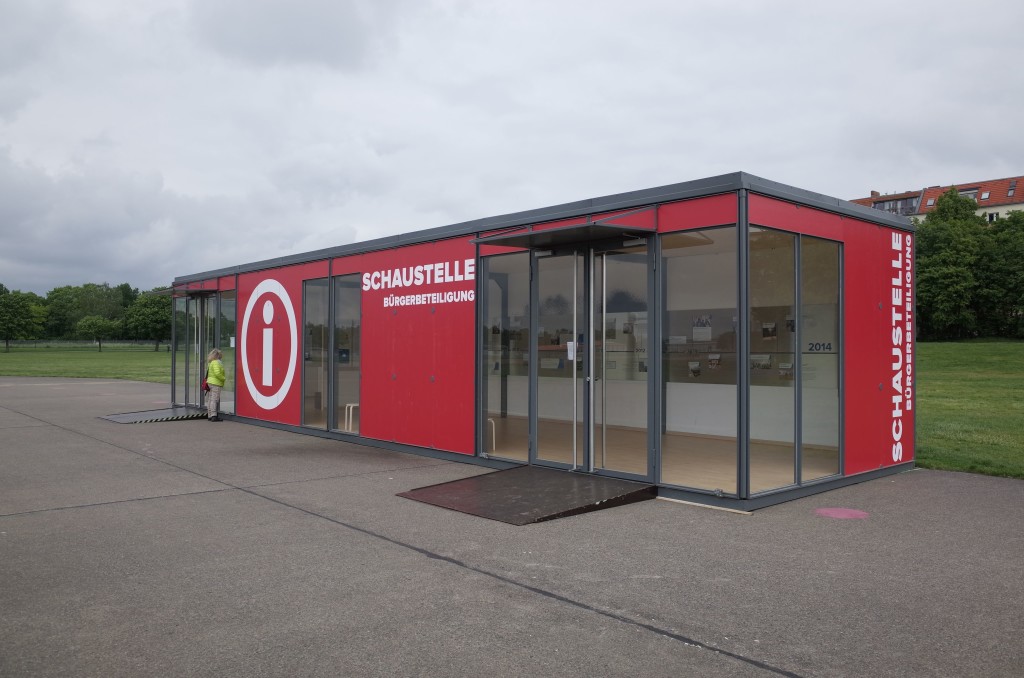
I might add that there are plenty of other reasons to vote against development at one of Berlin’s most remarkable sites––an out-of-use airport, a one-of-a-kind remarkable space, where you feel you have wandered illicitly behind the airport’s perimeter fence. There is the expense (this project will cost tax payers 620 million Euros), the apartments built for the rich (only 9% will have rent control), and the fact that half of all the development will be commercial. 385 acres in the city centre is a lucrative piece of the pie for city developers who plan to develop over a third of it. The proposal is a big squeeze: development around the edge leaving a diminished park space in the middle. Protestors aren’t officially allowed on the field, but the City nonetheless has built information booths at several locations promoting their plans.
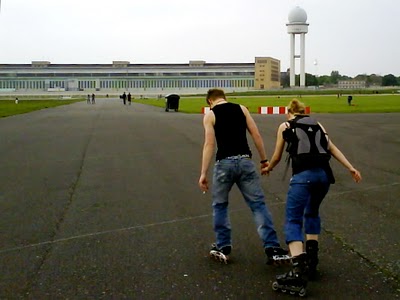
Meanwhile, EU citizens like myself are not even allowed to vote in the referendum. This is one of the most egregious aspects of the vote since the areas which abut the Tempelhof field contain the highest number of non-citizen immigrant groups in the city. The vote excludes many of the people who use the space. 40% in Kreuzberg and Neukölln are of migration background, and half of them don’t have German citizenship and the right to vote in this important decision. 13% of people in Berlin as a whole don’t have the right to vote in this referendum, myself included… even though I am a long-term resident, live in the neighbourhood, use the park every other day, and pay taxes here.
But let us return to the important initial discussion, regarding the Nazi past.
Is the City committed to the memorial space that it itself recognised? A disservice to an important moment in German history will be made if development happens here. That is why, if you have the right to vote, it is so important that you do.
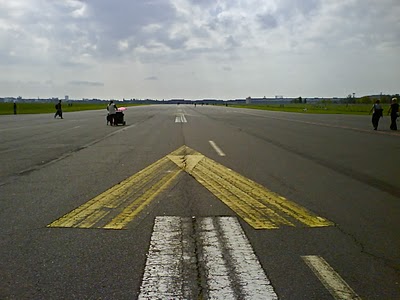
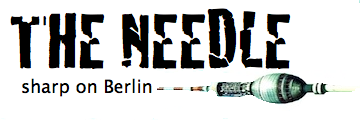
Pingback: Stil in BerlinBest blog posts about Berlin from week 21 – stilinberlin